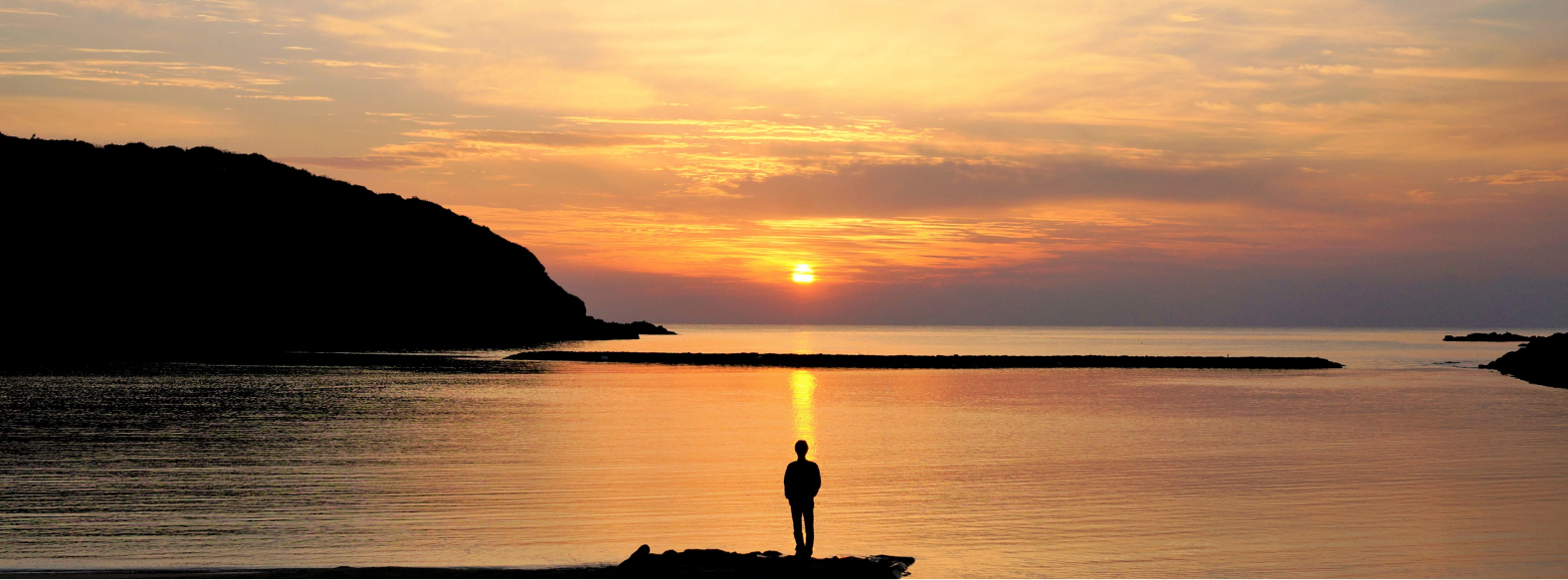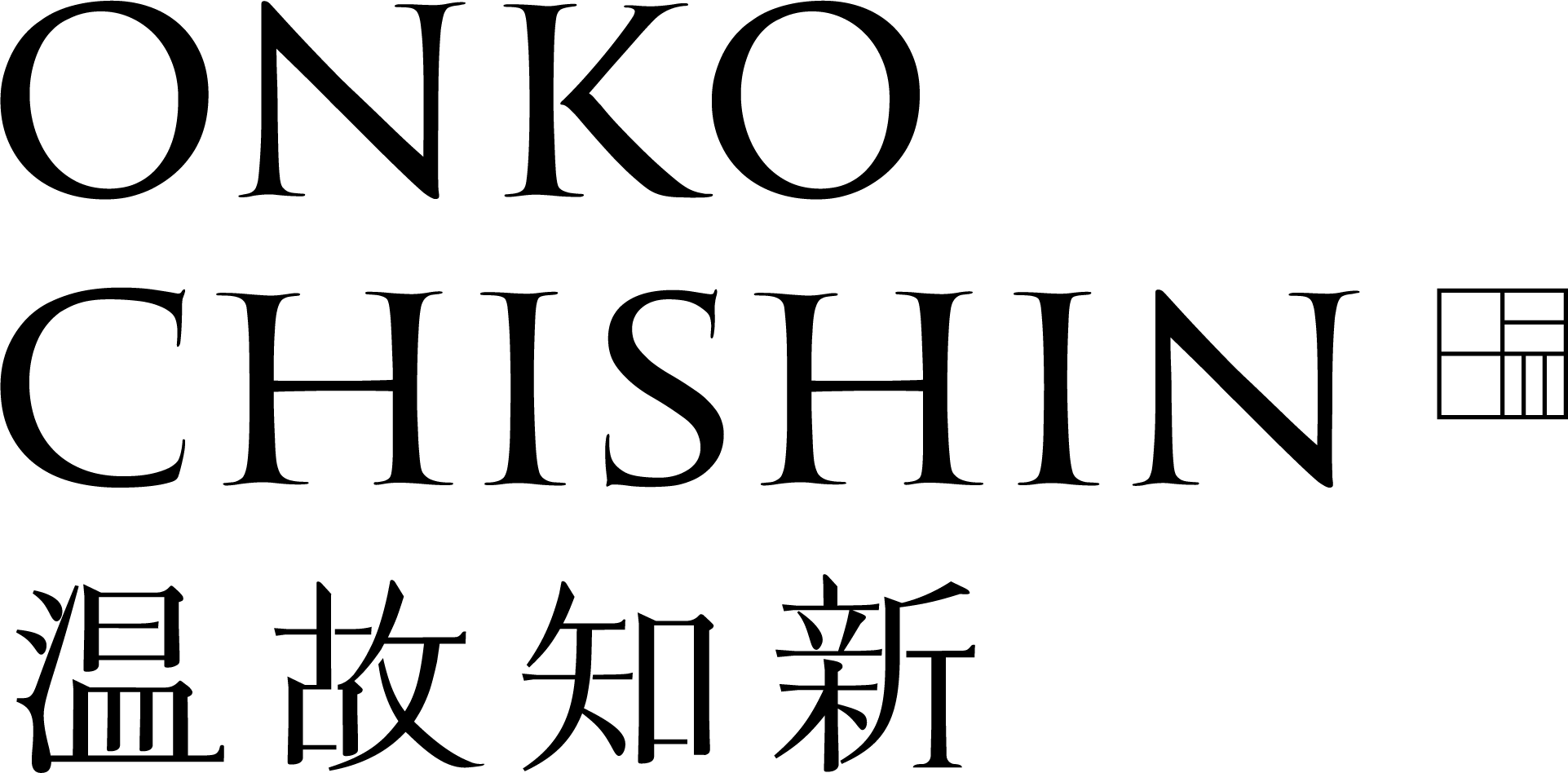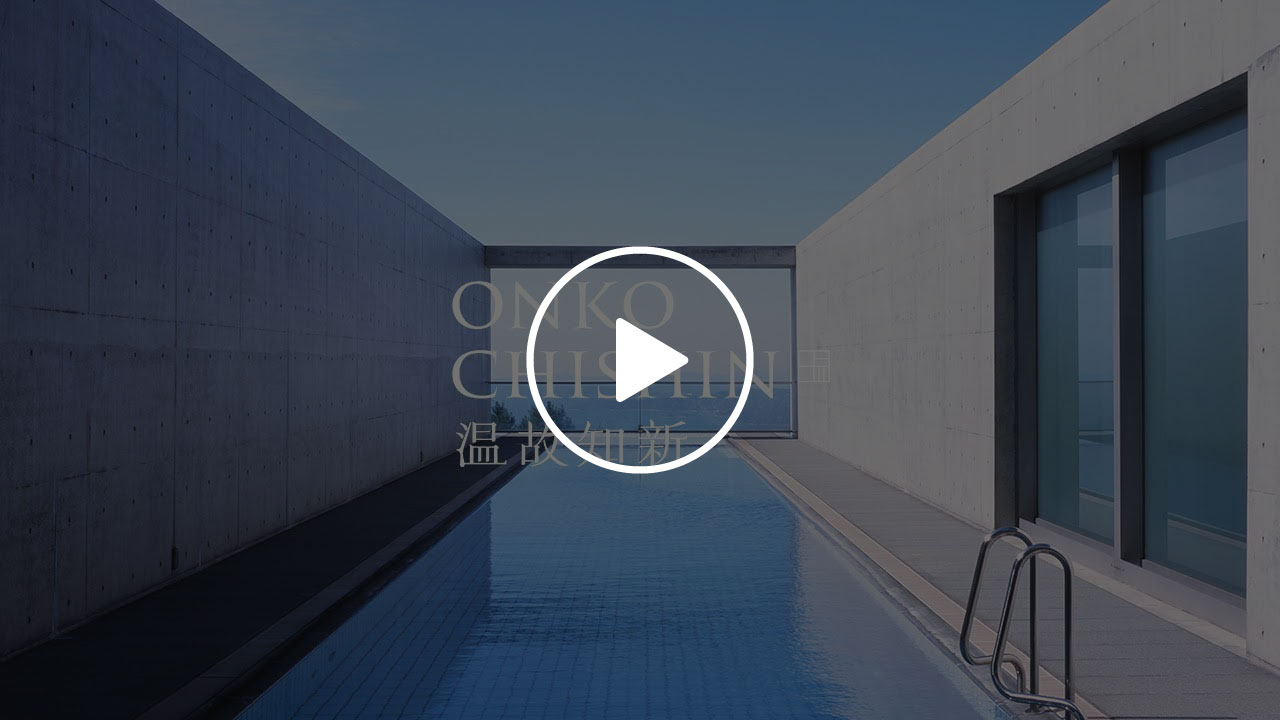

Iki Island Sightseeing
Recommended Sightseeing Spots in Iki
Iki is only about an hour’s ride by jetfoil from Fukuoka’s Hakata Port.
Iki is a remarkable tourist destination with hidden gems and specialities, such as emerald-green seascapes like those of Okinawa, superb scenery created by nature, and a wide range of gourmet foods such as sea urchin, abalone and Iki beef.
The number of foreign tourists is still small, and it is attracting attention as a tourist destination where you can enjoy a sense of privacy.
SCROLL
Iki Island Retreat Model Plan
Iki Island Retreat Model Plan
We will introduce you to wonderful places and ways to spend time only in Iki that will make you want to go on a trip without a second thought!

nishikihama Beach
Nishikihama Beach, a Mecca for marine sports
tsutsukihama Beach
Tsutsujohama Beach, selected as one of the 100 best beaches


nishikihama Beach
Nishikihama Beach, a Mecca for marine sports
Among the many beaches in Iki, Nishikihama Beach is known as a mecca for marine sports and boasts outstanding sea clarity.
The white sandy beach is also very fine, and the contrast between the blue of the sea, the white of the beach and the green of the pine trees is spectacular and worth a visit.
There is also a dive shop and café bar, where you can enjoy a cocktail while listening to the sound of the waves. Recommended for a wide range of visitors, from couples to families.
Address.
Minami-shari, Ishida-cho, Iki City, Nagasaki Prefecture
tsutsukihama Beach
Tsutsujohama Beach, selected as one of the 100 best beaches
Popular sea kayaking can be enjoyed because of the high water clarity of Iki’s waters.
Encounter unprecedented scenery as if you were floating on the sea.
Price: 6,600 yen (incl. tax) /person
Duration: 1.5 hours
Closed: Bad weather
Pick-up and drop-off available.
Tatsunoshima sightseeing
Crossing to an uninhabited island Tatsunoshima excursion
Iki Dolphin Park
Bringing Healing Iki Dolphin Park


Tatsunoshima sightseeing
Crossing to an uninhabited island Tatsunoshima excursion
The uninhabited island of Tatsunojima is a five-minute boat ride from Katsumoto Port, a town on the northern tip of Iki.
Cruise boats operate from March to October and anyone can cross to the island.
This is a popular tourist spot where you can visit the Sea Palace, Mammoth Rock and Razae Rock, and enjoy the sheer cliffs and emerald-green, crystal-clear waters formed over many years by the erosion of rough seas, such as Snake Valley, which looks like a 50-metre cliff cut lengthwise.
Address:.
575-61 Katsumonoura, Katsumoto-cho, Iki City, Nagasaki Prefecture
Telephone:
0920-42-2020
Iki Dolphin Park
Bringing Healing Iki Dolphin Park
Iki Dolphin Park is located in Katsumoto-cho, at the northern end of Iki Island, in a seaside park created by partitioning off a natural inlet.
You can get up close and personal with five cute bottlenose dolphins, and there is also a variety of playground equipment in the park, so even small children can spend a relaxing time here.
During ‘dolphin meal time’, you can listen to a trainer explain about the dolphins and watch them being trained. This is a great spot for families.
Address:.
Higashihari, Katsumoto-cho, Iki City, Nagasaki Prefecture
Telephone:
0920-42-0759
Iki, the island of Japanese romance
Iki, the Island of Japanese Romance
Iki is a remote island surrounded by the sea.
It is not a large island, but it has about 30 beaches, each with its own unique character, such as emerald green and marine blue. From beaches recommended for swimming, to beaches suitable for fishing and other activities, to places where you can meet dolphins, the sea of Iki Island is packed with many attractions.
Ichikoku Museum
Ippikoku Museum for History
Haranotsuji Site
Hara no Tsuji Ruins, where you can experience a variety of things.


Ichikoku Museum
Ippikoku Museum for History
On the island of Iki, which is described as ‘Ikikoku’ in the book ‘Wei-Shi-Wa-jin-Den’, there are a total of 482 sites, including 279 ancient burial mounds. The Ikikoku Museum here serves as the base of the ‘Shimagoto Museum’, where history remains on the entire island of Iki, exhibiting excavated items and introducing history in an easy-to-understand manner, as well as acting as a bridge for sightseeing of historic sites and places of interest on the island of Iki.
Designed by architect Kisho Kurokawa, it features a curved design and a natural grass roof. The observation room on the 4th floor offers a panoramic view of Iki Island, while the rooftop lawn observation plaza on the 3rd floor offers a view of the Hara no Tsuji Ruins.
Address:.
515-1 Fukae Tsurukame-shari, Ashibe-cho, Iki City, Nagasaki Prefecture
Telephone:
0920-45-2731
Haranotsuji Site
Hara no Tsuji Ruins, where you can experience a variety of things.
The Hara no Tsuji site is a moat encircling settlement of the Yayoi period, and is known as the site identified as the royal capital of the Isshikoku Kingdom, as described in the biography of the Japanese Emperor Wei Zhi.
The site is designated as a Special National Historic Site by the Agency for Cultural Affairs, which designates it as a ‘national treasure of archaeological sites’, and has been developed as the Hara no Tsuji Ichi Shikoku Royal Capital Restoration Park.
The site area is divided into four main zones: the Central Area Zone (where buildings and remains are restored based on excavations), the Moat Encircling Zone (where multiple moat encircling hills are reproduced), the Plant Cultivation Garden Zone (where plants grown by the Yayoi people are cultivated) and the Outdoor Experience Square and Site Exposed Exhibition Zone (where the remains of pottery piles are displayed in their excavated state).The park is divided into four major zones. In addition, the Hara no Tsuji Guidance, located adjacent to the north side of the park, displays information on excavation methods and shows a restoration and maintenance video.
The park also offers a wide range of hands-on activities, such as making clay pots, earthenware, glass beads and fire-making.
Address.
Higashihatsukari, Katsumoto-cho, Iki City, Nagasaki Prefecture
Telephone:
0920-42-0759
Jizo the Plump
Mystery Remains about the Hungaroring Jizo
Kojima Shrine
Mont Saint-Michel in Japan Kojima Shrine


Jizo the Plump
Mystery Remains about the Hungaroring Jizo
Hachiman-ura in the eastern part of Iki Island is famous for its divers’ fishing for sea urchins and other seafood.
The Harahoge Jizo is located on the seafront in Hachiman-ura. The Six Jizo statues of the sea save us from the suffering and troubles of the Six Realms (the lost world of Hell, the world of hungry ghosts, the world of animals, the world of Shura, the world of humans and the world of heaven).
At low tide, you can visit the temple right next to it, but at high tide you will be completely submerged in seawater up to your head.It is called Harahoge Jizo because it has a round hole in its chest to prevent offerings from being washed away by seawater.
The origin of Harahoge Jizo is not known, but it is said to be dedicated to the repose of the souls of lost divers, to the repose of whales caught in the Iki area, and to prayers for the repelling of plague and disease.
Address.
1342-102, Moroyoshi-Honmura-shari, Ashibe-cho, Iki City, Nagasaki Prefecture
Kojima Shrine
Mont Saint-Michel in Japan Kojima Shrine
Iki is home to 150 shrines registered with the Jinja Agency, and there are so many ancient shrines that there is a theory that it is the birthplace of Shinto.
Here at Kojima Shrine, even twigs are not allowed to be taken back, and the entire island is considered a sacred area. The ebb and flow caused by the gravitational pull of the sun and moon causes the sea to break apart at low tide, creating a pathway, which turns into an island at high tide. The shrine is said to be the Mont Saint-Michel of Japan and can only be visited at low tide.
At high tide, the approach to the shrine is also on the seabed, so it is a delightful sight to see the many underwater creatures that have escaped when the tide recedes.
Address:.
1969, Moroyoshi-Niyatsukari, Ashibe-cho, Iki City, Nagasaki Prefecture.
Tsukiyomi Shrine
Birthplace of Shintoism Tsukiyomi Shrine
monkey rock
Monkey Rock, mentioned in the birth myth.


Tsukiyomi Shrine
Birthplace of Shintoism Tsukiyomi Shrine
Tsukiyomi-jinja Shrine, which stands hidden in the dense foliage, enshrines three deities: tsukiyomi-no-mikoto, tsukiyumi-no-mikoto and tsukiyomi-no-mikoto.
It is said to have been a branch of Tsukiyomi Shrine, a regent shrine of Matsuo Taisha in Kyoto, in 487, and is believed to have been a catalyst for Shintoism taking root in the centre of the country. From the torii gate facing the prefectural road, a steep stone staircase leads through a cypress forest. It is dense and dark even in the daytime, giving it a mysterious appearance.
It is also known as the birthplace of Shintoism and has recently been the subject of much media coverage.
Address.
464, Kokubu Higashi Shokari, Ashibe-cho, Iki City, Nagasaki Prefecture
Telephone:
0920-45-4145
monkey rock
Monkey Rock, mentioned in the birth myth.
The basalt rocks of this 45 m-high sea cliff are located at the tip of the Kurosaki Peninsula, which juts out to the west of Yumoto Bay, Iki’s hot spring resort.
As you can see from the photo, it looks just like a ‘monkey’ looking away, and the whimsical natural formations are astonishing. It is also known as one of the eight pillars of the myth of the birth of Iki Island.
You can also take a break while looking at the monkey rock on the benches and tables at the Iki City Antenna Shop ‘Monkey’s Basket Shop’, which also has a parking lot and clean toilets.
Address:.
890-2 Shindenbari, Gonoura-cho, Iki City, Nagasaki Prefecture
Yasuzaemon Matsunaga Memorial Hall
Matsunaga Yasuzaemon Memorial Museum, an essential part of modern history
Birthplace of barley shochu
The birthplace of barley shochu


Yasuzaemon Matsunaga Memorial Hall
Matsunaga Yasuzaemon Memorial Museum, an essential part of modern history
Matsunaga Yasuzaemon laid the foundations for Japan’s industrial and economic development by working to popularise and promote electric power in Japan from the Meiji era to the Showa era.
The Matsunaga Yasuzaemon Memorial Museum was built on the site of his birthplace to pass on his achievements to future generations. The museum displays items from Matsunaga Yasuzaemon’s personal life, as well as letters from Goto Shimpei and Prime Minister Inuyo Tsuyoshi.
The museum also houses the Furusato Shiryokan, which displays folklore and other materials. The life of the famous tea master of the Showa period is a masterpiece. In the quiet, stone-paved garden, the Fukuoka City Tramway, which Mr Matsunaga established in 1909, is an eye-catching sight.
Address:.
360, Intsuji-ura, Ishida-cho, Iki City.
Telephone:
0920-44-6688
Birthplace of barley shochu
The birthplace of barley shochu
Did you know that Iki is the birthplace of barley shochu? Rice cultivation has flourished in Iki since ancient times. A culture of making alcohol from rich grains and good quality groundwater developed, and many farmers made doburoku.
It is said that distilling techniques were introduced from the continent between the Muromachi and Azuchi-Momoyama periods. During the Edo period, due to heavy taxes under the rule of the Hirado clan, barley was the staple food of the islanders instead of rice. It is said that the home-made shochu made by distilling the barley left over there and fusing it with rice malt became the prototype for Iki’s barley shochu. The pride of the islanders can be seen in the fact that they continued to use rice malt, which is a unique feature of Japanese sake brewing.
In July 1995, the tradition and production method of Iki shochu was recognised as a ‘geographical indication’ by the World Trade Organisation (WTO). Iki shochu has become a world-recognised designated sake of origin, and its traditions and production methods are being maintained by seven breweries on the island.
Car Rental Service
Our car rental service
For those who want to explore Iki Island efficiently, we recommend using a rental car to get around by car. At Iki Retreat Kairi Murakami, we offer an electric BMW i3 car rental service exclusively for guests staying at the hotel.

For those who want to explore Iki Island efficiently, we recommend using a rental car to get around by car. At Iki Retreat Kairi Murakami, we offer an electric BMW i3 car rental service exclusively for guests staying at the hotel.
Original Activities
Original activities that can only be experienced here
Iki Retreat Kairi Murakami offers many special activities original to the inn. These include the “Katsumoto Seri Tour,” which is not open to the general public, the “Sunset Cruise,” where you can enjoy the sunset over Yunomoto Bay, which has been selected as one of the best 100 sunsets, on a pleasure boat, and the Iki Island Bicycle Ride. There are special activities that can be enjoyed by adults and children alike, and that cannot be experienced anywhere else. Please feel free to join us.

Iki Retreat Kairi Murakami offers many special activities original to the inn. These include the “Katsumoto Seri Tour,” which is not open to the general public, the “Sunset Cruise,” where you can enjoy the sunset over Yunomoto Bay, which has been selected as one of the best 100 sunsets, on a pleasure boat, and the Iki Island Bicycle Ride. There are special activities that can be enjoyed by adults and children alike, and that cannot be experienced anywhere else. Please feel free to join us.







